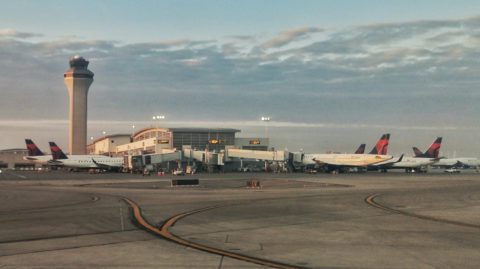The Building Michigan Together Plan will protect clean drinking water, begin dozens of new road and bridge projects, build more affordable housing, expand high-speed internet, improve state and local parks, and support tens of thousands of jobs.
The top projects funded by Building Michigan Together Plan include:
- $750 million for drinking water infrastructure and $515 million for wastewater/stormwater projects
- $645 million for road, bridges, public transportation, and airports
- $250 million for broadband infrastructure grants for underserved areas
- $250 million to develop, improve, and maintain local and state parks






